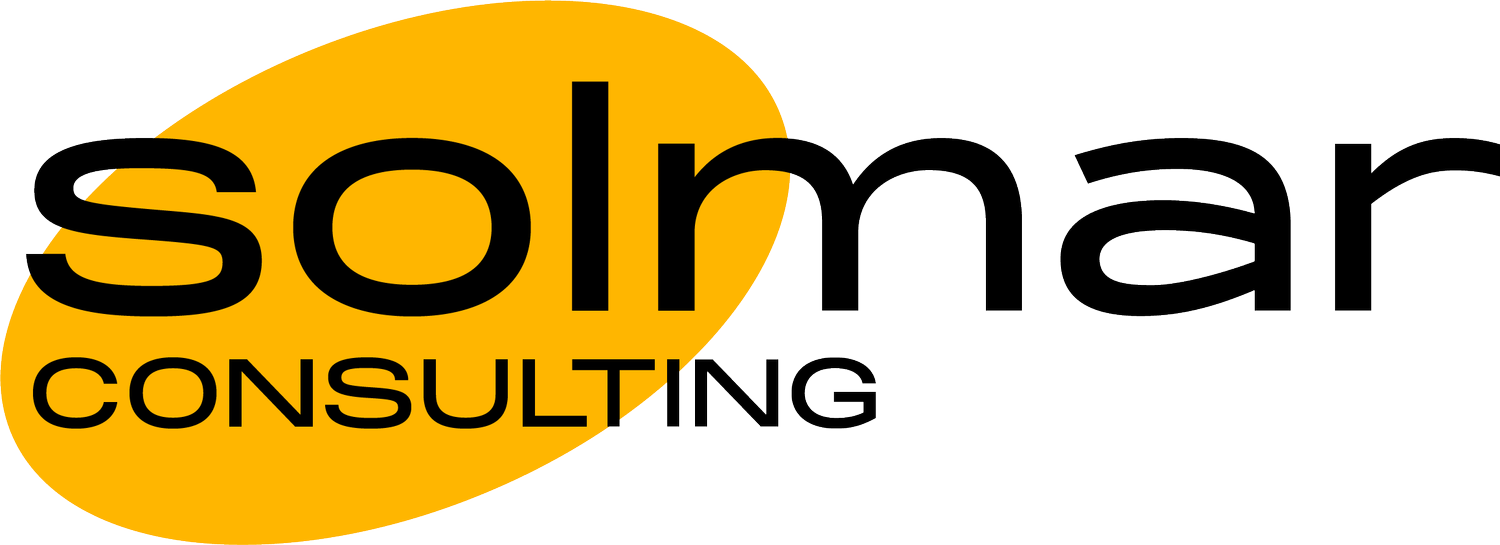
How we work
Timely, adequately scaled actions and good interaction ensure project success.
We collaborate with landowners, municipalities, and authorities
The solar energy development project begins with identifying potential land areas and conducting preliminary studies to assess their suitability for solar power production. We review widely areas that may be suitable for solar power production from technical and environmental perspectives. At this stage, we actively engage with municipalities.
Once an area is preliminarily identified as suitable for solar power production, we contact landowners to provide information about solar power, and discuss the possibilities for developing the area for solar power production. Together with landowners, we go through the current use of the area, potential limitations related to the solar power project, schedule, and content of the land lease agreement.
For the projects progressing to planning phase, we conduct more detailed surveys, such as environmental, archaeology and landscape surveys. We also take care of the necessary permit processes for land use and power transmission, all the way to the construction permit stage.
Interaction with stakeholders is important to us, and we communicate openly about our activities and the progress of the solar power project to municipalities, landowners, and residents in the area. We also welcome suggestions for areas to be considered for solar power production.
How we proceed
-

AREA EVALUATION AND SUITABILITY FOR SOLAR POWER
Initially, we identify areas suitable for solar power production. For example, fields and forest areas, fallow land areas, and areas where peat production has ended, along with their surrounding environments, are well-suited for solar power production due to their size, location, and existing infrastructure.
Next, we confirm the area's suitability for solar power production through a preliminary study, taking into account:
● The municipality's or city's stance on the project
● Land use considerations: land use planning, settlement, ownership
● Areas important from environmental and cultural heritage aspects
● Constructibility
● Options for grid connection
The results of the preliminary study determine whether the area is suitable for further development.
-

COLLABORATION WITH LANDOWNERS AND MUNICIPALITIES
We plan the development project in collaboration with landowners and municipalities.
● Together, we identify solar power park development areas and agree on ways of working
● We negotiate and make the land lease agreements with landowners
● We agree on permitting procedures and stakeholder interaction practices with municipalities or cities
-

PROJECT PLANNING AND PERMITTING
Once the preliminary study and land tenure are confirmed, we proceed with project planning and initiate the necessary permitting processes for land use and power transmission.
● During the permitting process, we prepare the necessary surveys and assess the project's impact on the living conditions of the area's residents and the environment
● In the planning and permitting of the solar power park, we also consider the fast development of technology
● The planning- and permitting phase typically takes 12-18 months, depending on the project's initiation phase and the permit process
-

COMMUNICATION DURING THE DEVELOPMENT PROJECT
It is important for us to communicate openly about our activities and the progress of the solar power projects to different stakeholders. Therefore, we organize open for all information meetings for the area residents and other stakeholders. The timings of these meetings are announced in local media and municipal communication channels.
We also keep up an active dialogue with landowners, municipal decision-makers, and residents in the area.
